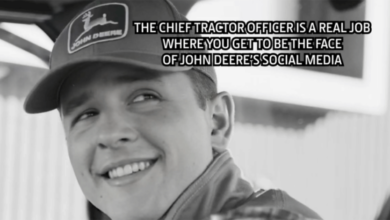
[ad_1]
Google is the latest firm joining the Coalition for Content Provenance Authenticity (C2PA), a group that includes agency Publicis Groupe, the BBC, Adobe and Microsoft, which aims to identify artificial-intelligence-generated digital content, among other efforts.
The proliferation of AI-generated content is on the rise, contributing to the spread of misinformation, making watermarking AI content more critical ahead of a contentious election season. Adobe’s AI suite, Firefly, generated 1 billion images within three months of its launch. And OpenAI reported that people generated over 2 million images daily with its image generator, DALL-E 2.
“An average person consumes eight hours of digital content per day,” said Ray Lansigan, executive vice president, corporate strategy and solutions at Publicis Digital Experience and a C2PA steering committee member. “300 million adults in the U.S and eight hours per day … that’s the scale of the problem, and it’s increasing.”
Watermarking—revealing the history of digital content, like whether it’s made by AI—is gaining pace. DALL-E 3 and the ChatGPT website will add C2PA watermarks to image metadata, the company announced earlier this week. Meta announced plans to label AI-generated photos uploaded to Instagram, Facebook and Threads.
But challenges exist in getting people to understand the technology and driving wider adoption from firms.
C2PA, launched in 2021, is pushing for the adoption of Content Credentials watermarks. In addition to developing C2PA’s technical standard for digital provenance, Google is exploring how to integrate Content Credentials into its products and services.
“It builds on our work in this space, including Google DeepMind’s SynthID, Search’s About This Image and YouTube’s labels denoting content that is altered or synthetic, to provide important context to people, helping them make more informed decisions,” Laurie Richardson, vp of trust and safety for Google, shared in a statement.
Google’s move to join C2PA shows a commitment to building consumer transparency, but Nicole Greene, vp and analyst at Gartner, questions whether it’s enough to meet the need for trust and transparency that’s going to hit Americans hard this summer between elections and the Olympic Games.
Making watermarks visible
A chief concern, said Greene, is that people are only beginning to understand the capabilities of gen AI. This—combined with how the watermark is embedded in the image metadata and not visible to the human eye—makes it important that brands label AI content, she said.





